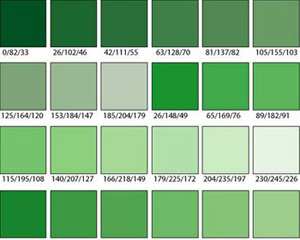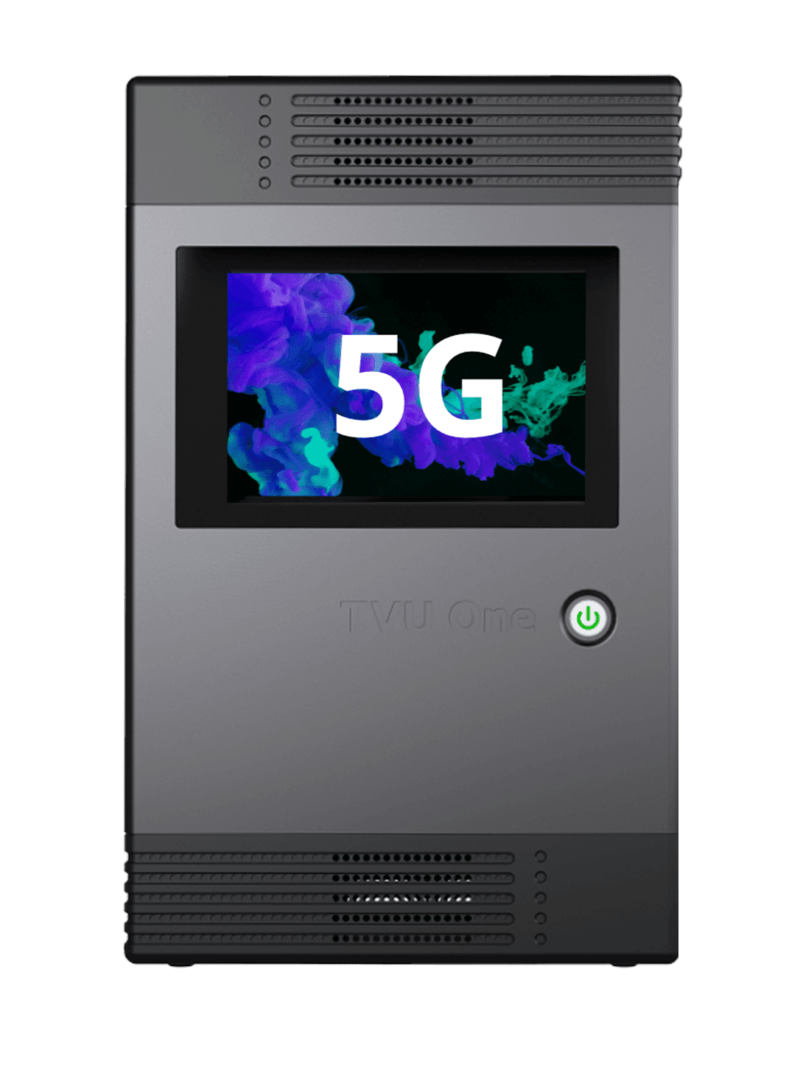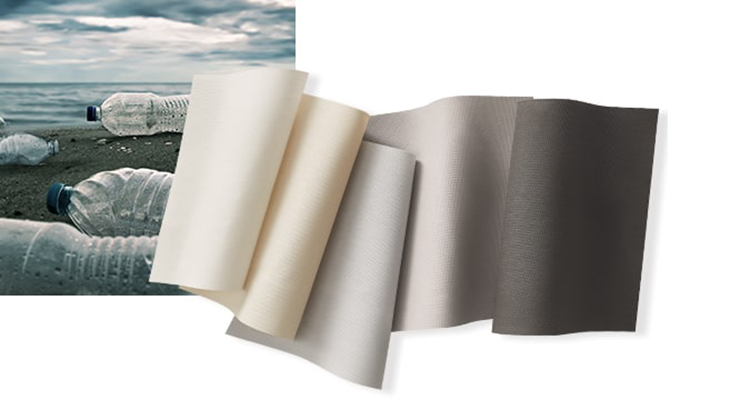Different Shades of Green
By Bob Snyder
Editor, rAVe Europe
It’s time to expose Green for what it is. Like in real life, “green” comes in many shades.
what it is. Like in real life, “green” comes in many shades.
You’ve probably noticed these days how your hotel plays a Green card to trump its guests. A placard placed strategically in your hotel bathroom might read: “We join the hotels of the world that want to help our environment. If you leave your towel on the rack, you can help save the world. If you need it washed each day, then throw it in the tub, you selfish SOB.”
Part of you wants to help the world (and it really needs help.) And part of you knows the hotel (despite its high rates) wants you to help it save money and enhance hotel profits. What do you do? If you are a Libra like me, you probably throw it in the washtub on some days and save the world on other days. Others, unshackled by their birth signs, may decisively commit to one choice or the other.
The Green movement in AV spawns from similar schizophrenic motives. Save the world, help our customers, save others… and ourselves money. We have at least four shades of green in our industry:
- Green manufacturing
- Green disposal
- Green use of electronics
- Green manufacturing
RoHS and other laws strive to enforce the restriction of the use of certain hazardous substances in electrical and electronic equipment. Legislated in 2003 and adopted in 2006, it is mind boggling that the EU (European Union) had to make a law for us in the first place. Some technology makers knowingly insisted upon using hazardous substances: how crazy is that?
A friend of mine, an environmental scientist, told me stories about RoHS implementation just after the EU started enforcing the directive. He was in China trying, like many, to sell RoHS education and certification and found many Chinese companies who believed it was easier to ignore the legislation when you could simply print the logo and stick it on their equipment.
Hopefully most of this stuff gets stopped at the border but if the system runs as tight as airport security (supposedly Western society’s most visible defensive system), then you know, you just know, that the “defense” in Frankfurt and the “defense” in Gdansk or Rome is not equal in protection.
Green Disposal
The Waste Electrical and Electronic Equipment Directive (WEEE) 2002/96/EC sets collection, recycling and recovery targets for electrical goods and is part of legislative initiative to solve huge amounts of toxic waste.
In speech, it is often spelled out to avoid the sound a young girl makes on a roller coaster ride. But am I the only one who contemplates that by dropping the “D” in the WEEE Directive, our clever EU ministers sought to avoid the correct acronym: WEEED? That acronym sounds like those miserable but tough plants that plague gardens or a kindergarten description of what the puppy did on Daddy’s newspaper.
WEEE in Europe is a law that assigns the responsibility of disposal to the maker. And those vendors graciously tie in their channel (as vendors habitually prefer to share responsibilities rather than profit). This is definitely a good mandate although we still haven’t figured out how to stop all the disposable from ending up back in China where child labor sorts through chip boards looking for usable components and valuable minerals.
But if one looks at WEEE from a distance, once again the government had to step in and dictate a solution (instead of those cash-rich industry associations in Brussels, getting all the big makers to agree to a voluntary standard. Think of how the Hollywood and the videogame industry avoided legislation for so long by setting guidelines and policing its own industry.)
Green Use of Electronics
Green use may be the one Green category that our industry will embrace willingly without government intervention. Green use is all about cutting energy costs. For example, the technology that turns a physical hotel room key into a card with digital control over lights in the room. A beneficial example of technology saving energy costs as power goes out when you leave the room.
Look at the new legislation that mandates energy-savings in AV and IT hardware as governments try to reduce carbon footprints. Saving the world is no joke.
Now (on a larger scale) imagine by 2010, to handle all the video that will be shooting around the world, we will have 41 million servers in the world but 20 to 30 percent will be unused or old. That excess capacity guzzles energy. In fact, for each euro spent on server acquisition, the energy cost is about fifty euro cents. The estimated cost to run the world’s servers is $29 billion (for actual energy plus energy for air conditioning). Today’s servers are more powerful. In 1996, we spent 70 percent on equipment and 30 percent on maintenance. By 2008, it’s the opposite. If the Internet expands 100x by 2011 as suggested, the black hole of server energy requirements could swallow us all.
As an industry and as users, we all want to find solutions for Green Use. No government has to legislate this (although some still want to) because it saves us money whereas the other two shades of Green represented more cost to manufacturers and industry.
We will happily sell Green Use to customers, both business and consumer. We will build better hardware and try to sell it by showing lower power usage.
On all sides, from business to home, we will sell Green Use. You can count on it.
Conclusion
You’ll see Green touted everywhere.
In some cases (think Japan), it will be a more sincere effort to save the world. For example, it is hard not to appreciate the effort that Panasonic is making. In many other cases, Green will be a sales ploy.
When the commercial department’s paintbrushes come out and the color Green is washed on, look to distinguish which shade of Green it is, and act accordingly.
Bob Snyder is the editor of rAVe Europe. Reach him at tdcbobsnyder@gmail.com





